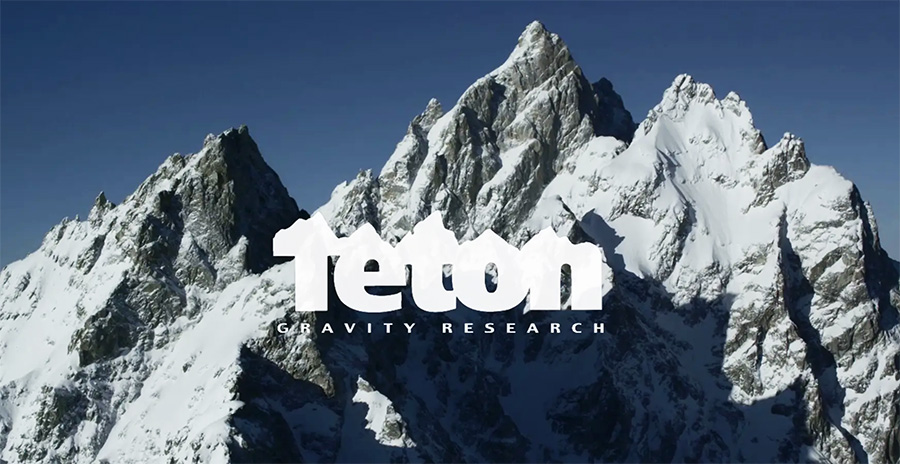
Teton Gravity Research Top 21 Moments (21): Angel.
#Teton gravity research everest ski tv#
Salomon TV Fall Winter 2016-2017 Teaser.Red Bull TV: The Birthplace of Extreme.Whistler Blackcomb Named #1 Ski Area in North Amer.Teton Gravity Research (TGR) is an extreme sports media company based in Jackson Hole, Wyoming.The company was founded in 1996 by brothers Steve and Todd Jones, as well as friends Dirk Collins and Corey Gavitt. The group launched the company to create products that came from the perspective of athletes, showcased youth culture, and fostered the growth of high-risk action sports. The goal of the foundation is to, "p rovide an opportunity for children to join their peers in activities on and off the ski slopes of Jackson Hole, supporting a healthy and integrated community for all of our children". One of the best Alaska ski segments ever had just been showcased.Īfter Doug's death in 2006, his wife Emily kept his spirit alive with the Doug Coombs Foundation. When TGR's first film "The Continuum" premiered in Teton Village the crowd went crazy when its hometown hero graced the large screen. Todd and Steve Jones, along with Mike Hatchet of Standard Films would use heli-time that Doug donated to film these lines. Fortunately, there were two brothers from Cape Cod on hand to capture these incredible moments. More weight (people, trash, supplies.and more altitude narrows your margins for error excaggerbates what I mentioned above.In the mid-90s Doug Coombs was pushing the boundaries of what was considered possible in Alaska. It may not kill you but is a good indicator that the helicopter won't get you where you want. Slow onset and not so bad to recognize and deal with. Except when you encounter this condition, recovery may be difficult to impossible depending on when you notice the onset.ģ) Main rotor blade stalling. Similar principle as the main rotor blades running into their performance lift. Whenever possible plan your approach so that you have a wave off path if things aren't looking good.Ģ) The tail rotor runs out of thrust because the controls reach their maximum deflection, insidious and deadly. This often would happen during a final approach to landing. Here are a few of the bad things that can happen:ġ) The engines fail to keep the rotor spinning at the necessary speeds (the motor fails to provide enough power). A bigger bite of air means more drag on the rotor blade and more power required from the engines. More weight means more performance and a bigger bite of air. The thin air at altitude means the blade has to take a bigger bite to get the same lift as lower altitudes.

Expeditions could easily pay for Sherpas to remove garbage for less than one flight, but the reason the garbage got there in the first place was folks were not willing to pay for others to haul it down in the first place.Įngines like the cold air at higher altitudes.

Who could afford to lose one of these? In general, helicopters like this cost $1 Million and up, though no indication was made on the company's websiteĪs far as garbage removal, I strongly doubt that it would ever be used for that.


Would probably be a nightmare for insurance too for mega-high altitude rescues. caught out in bad weather) would be the same conditions that use of a helicopter would not be an option. For a rescue, though, the reason someone would likely need a rescue (i.e. Second, even if they were to have one in the area, who would pay for its use?įor recreational use, if folks are willing to pay $65,000 to climb the thing I can see how those sorts of folks would have the coin to pay. In the first place, Nepal doesn't own one of these helicopters. It is interesting that it could be done, but hard to determine what effect this will have.


 0 kommentar(er)
0 kommentar(er)
